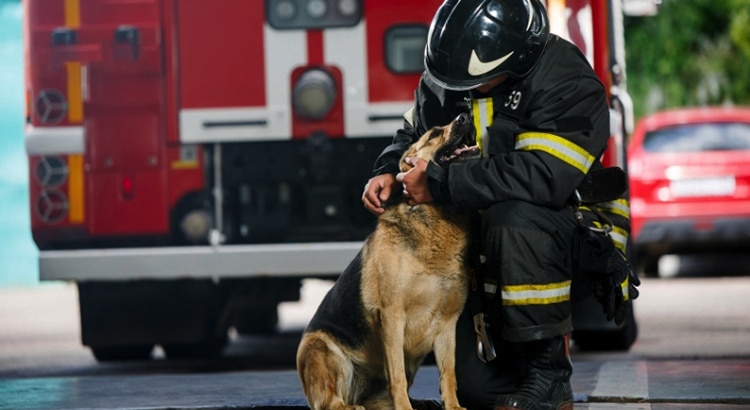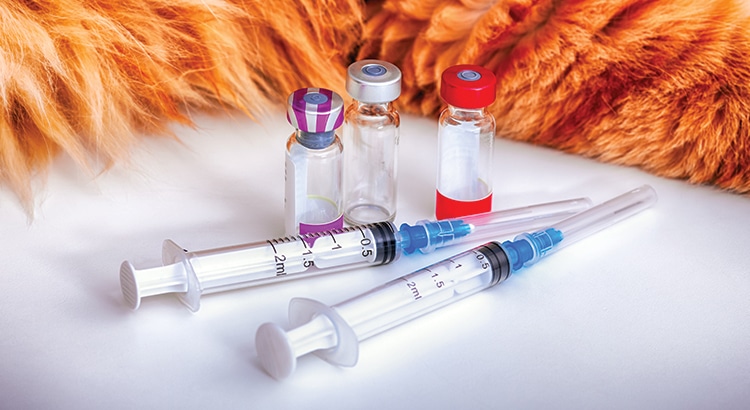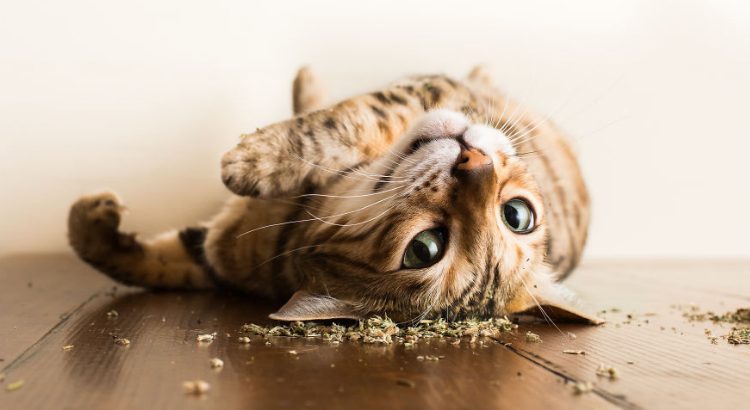
The best way to protect your pets in the event of a fire is to include them in your fire safety family plan. When it comes to developing a strategy families are quick to put a plan in place to save the two-legged members. Pet parents must remember while making these plans their four-legged members are relying on them as well. Organizing an escape route, being prepared with emergency human and pet kits, and discovering prevention techniques are required steps to practicing fire safety.
The National Fire Protection Association estimates that nearly 1,000 home fires each year are accidentally started by the homeowners’ pet.
Tips to Prevent Your Pet from Starting a Fire
While pets and pet parents must co-exist, there are ways to pet proof the house in attempt to decrease the risk starting a fire. The following recommendations are for consideration:
Part of emergency pet preparedness includes your pet wearing their Pin Paws tag. In the event you become separated from your pet during your fire escape plan, you can increase the likelihood of becoming reunited. Make sure your pet’s online profile information remains up to date as well with a pet picture and uploaded medical records.
Learn Pet CPR as Part of Fire Safety Training
There are many resources online to learn about pet first aid and how to perform CPR. Here is a summary of how pet CPR is done according to the American Red Cross.
How to Perform Pet CPR:
1. Check for breathing and a heartbeat. If you do not see your pet’s chest rising and falling, and cannot find a heartbeat, move on to chest compressions.
2. Give chest compressions.
Hand Placement
For cats and small dogs: place the heel of your hand directly over the pet’s heart and place your other hand directly over your first hand.
For deep chested dogs: place the heel of one hand over the widest part of the chest and place your other hand directly over the first hand.
For barrel chested dogs: place the dog on its back, place one hand over the widest part of the sternum and place your other hand directly over the first hand. Lock your elbows and make sure your shoulders are directly above your hands.
Compressions
Push hard and fast at a rate of 100-120 compressions per minute, compressing 1/3 to ½ the width of your pet’s chest. Make sure the chest rises completely back to normal position (recoils) before compressing again.
Perform 30 chest compressions.
3. Then give rescue breaths. To give rescue breaths, gently close the pet’s mouth and extend their neck to open the airway. Cover your pet’s nose with your mouth and exhale until you see your pet’s chest rise. Give two rescue breaths.
4. Continue CPR. Continue CPR with a cycle of 30 chest compressions and 2 rescue breaths until your dog or cat begins breathing on their own.
5. Check again for breathing and a heartbeat. Briefly check for breathing and a heartbeat every 2 minutes.
6. Get Help. Continue CPR until you arrive at a veterinarian hospital.
According to the American Veterinary Medical Association, an estimated 40,000 pets die in residential fires each year, mostly from smoke inhalation, and 500,000 pets are affected overall.
In addition to the above recommendations, Fire Safety alert stickers can be purchased online to inform First Responders of how many pets are inside. Keep leashes and kennels easily accessible in your home so your pet can be assisted with escaping.
A dynamic Pin Paws pet tag helps owners manage their pet’s information with an online profile. In the event a pet becomes lost during a drill or live evacuation, their profile can be access through the information listed on their tag for an expedited reunification with their owner. Click here to learn more and sign up today.




